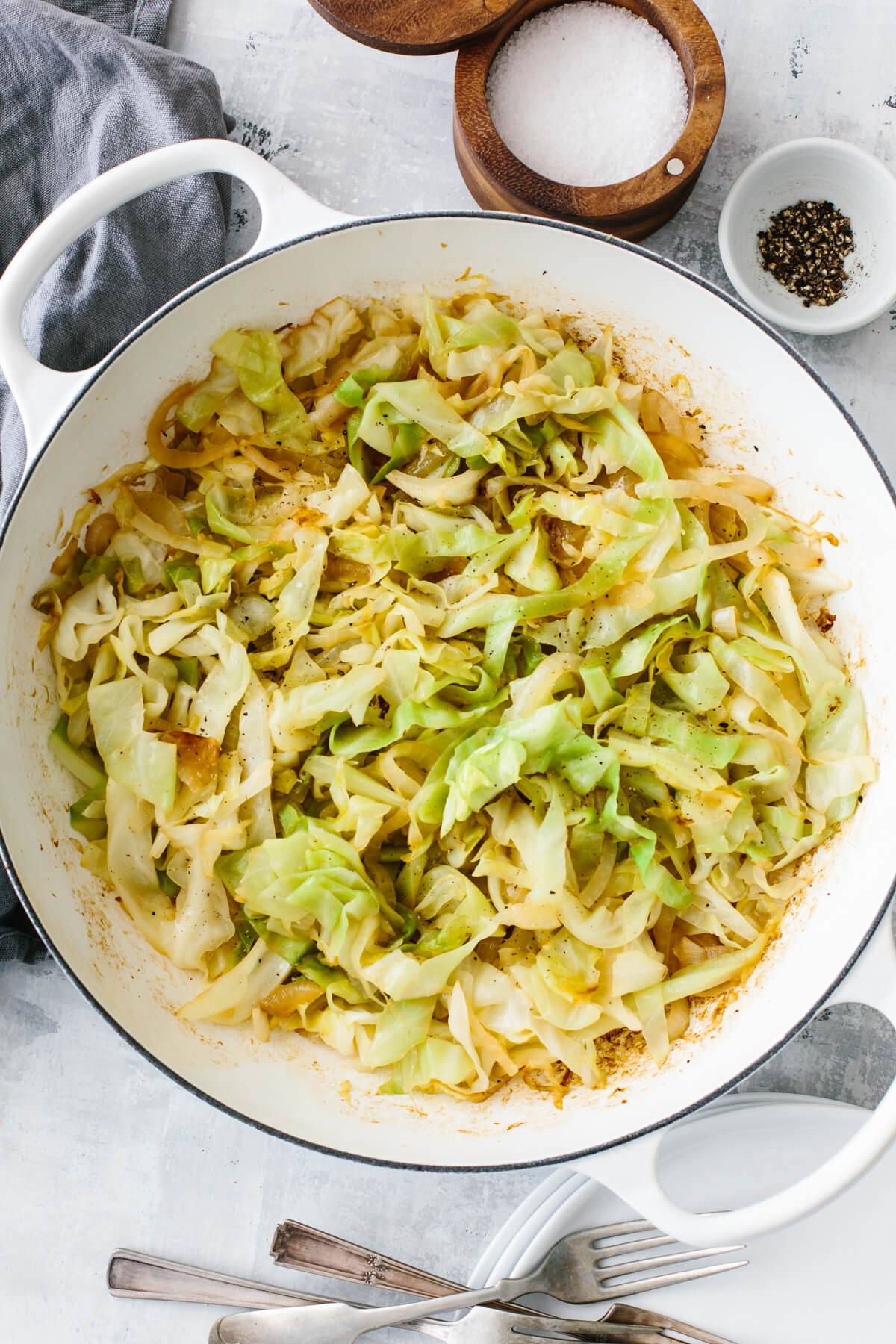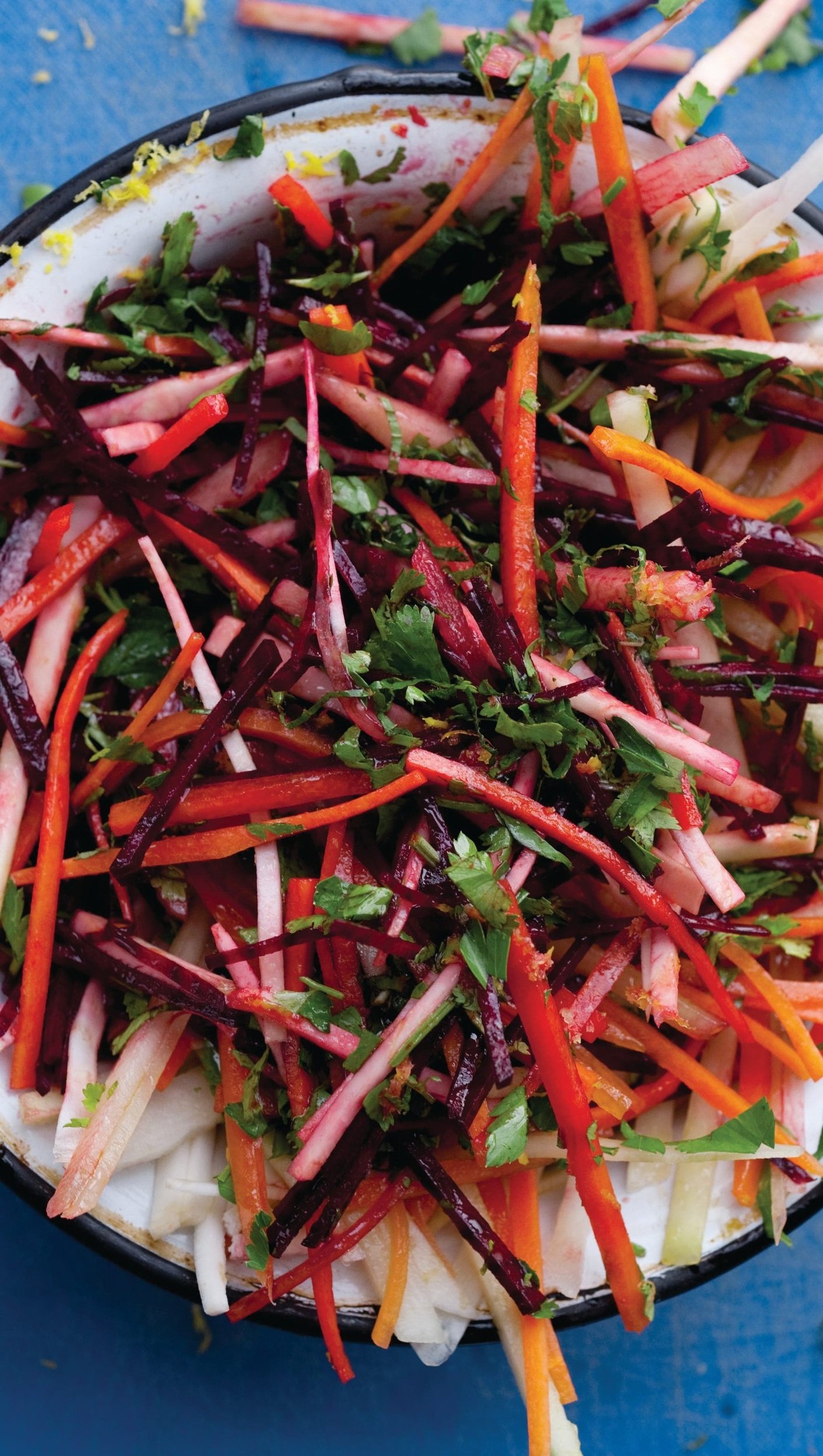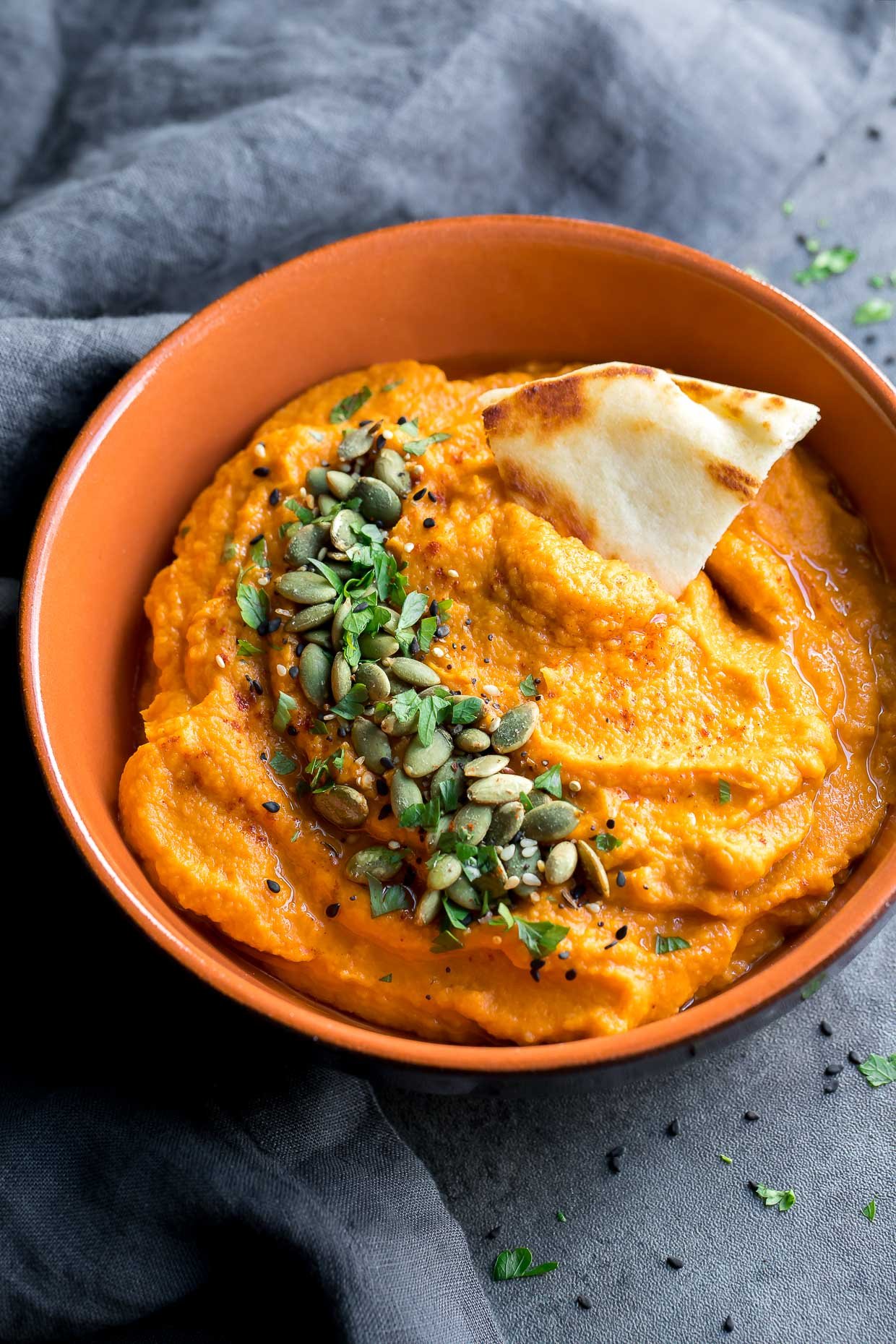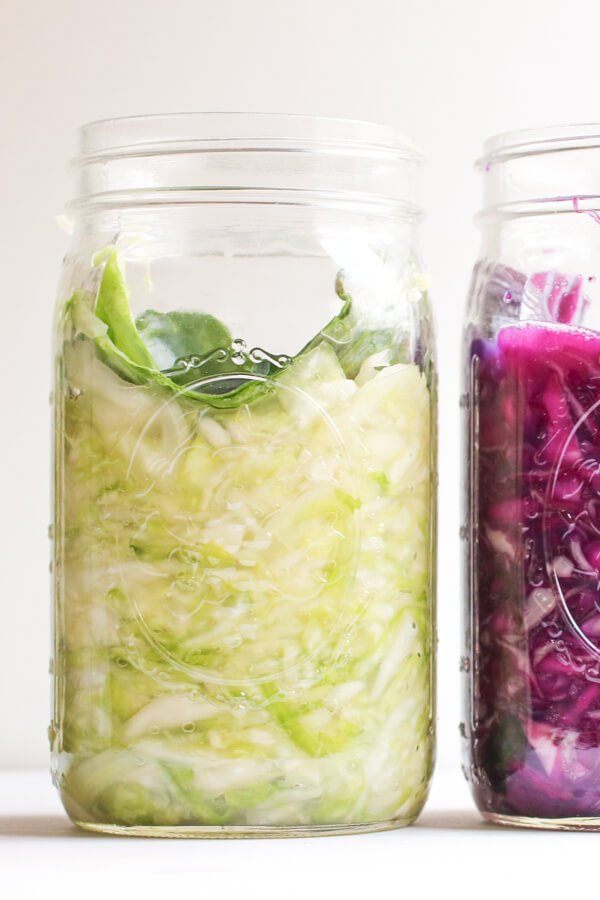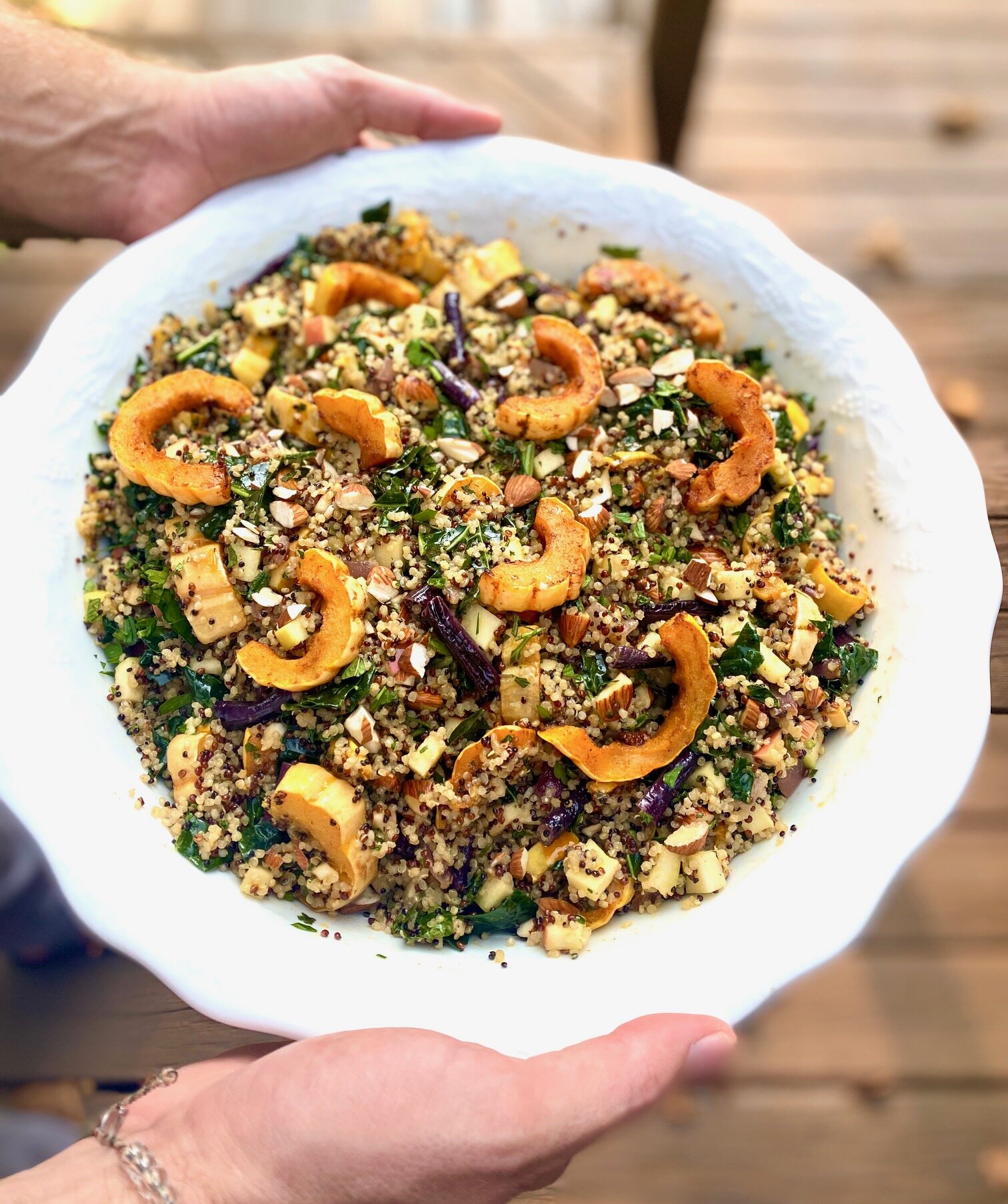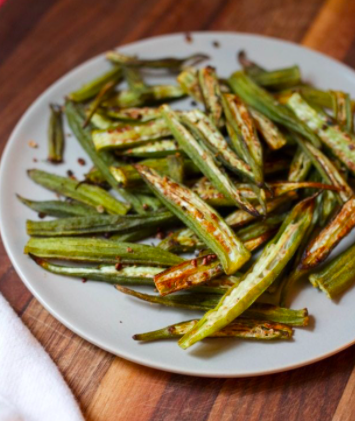A gremolata is a fancy-ish work for a super simple herby sauce/condiment that is traditionally made from chopped parsley, lemon zest, and garlic. In this spring-centric recipe, we mix things up a bit by adding some crunchy pistachios to the mix – though you can certainly omit the pistachios or use another nut/seed of choice instead. Enjoy!
ROASTED ASPARAGUS WITH PISTACHIO GREMOLATA
INGREDIENTS
Asparagus
1 bunch fresh asparagus, woody ends trimmed off
2 tablespoon olive oil
Salt and pepper, to taste
1 tablespoon fresh squeezed lemon juice
For The Gremolata
1/2 bunch fresh Italian parsley (will make about 1/2 cup chopped)
1 medium clove garlic, minced
2 tablespoons lemon zest
1/4 cup roasted and salted pistachios, chopped
INSTRUCTIONS
Preheat your oven to 400 F.
Prepare the asparagus: First snap or trim off the woody end of each asparagus stalk. Spread the asparagus in a single layer on a foil-lined baking sheet and drizzle lightly with olive oil, tossing gently to coat evenly. Sprinkle generously with salt and pepper. Roast for 15-20 minutes, until asparagus begins to brown and gets a little crispy on the ends.
Make the gremolata: Chop the parsley with a chef's knife until it is finely chopped. Using a microplane or fine-toothed grater, grate the garlic clove over the parsley. Using the same grater, grate the lemon zest on top of the garlic (doing the garlic and lemon in this order will help to rid the microplane of garlic odors). Add your chopped pistachios to the parsley mixture and continue to chop, mixing in all the ingredients as you go. Use your knife to scoop the gremolata mixture into a bowl and set aside.
To serve: When the asparagus comes out of the oven, toss gently with the lemon juice and top with the gremolata, season with additional salt and pepper as needed.





